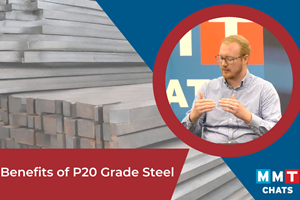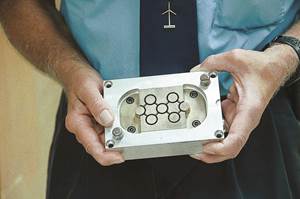Cutter Sets New Standard for Heavy Hogging
A recent roughing application shattered this moldmaker’s expectations about the stability of a large face mill in long-reach contouring operations.
The Gold-QuadF in action at Nova Tool and Mold.
“The chips came off so big and heavy, it took a shovel to clear them. They came off so fast, we had to buy bigger bins. Unbelievable!”
So says John Novosel Jr., president of Nova Tool and Mold, about the company’s recent success with machining a large mold core on a 75-hp vertical mill. Yet, it wasn’t so much the 64 cubic inch per minute metal removal rate (MRR) that impressed Novasel and other witnesses. Rather, it was the fact that such a large face mill could achieve this rate in such demanding conditions. The application required not just facing, but also contouring, all with extensions as long as 14 inches.
Dispelling Doubts
Celebrating its 25th anniversary this year, Nova Tool and Mold has plenty of experience with hogging large mold blocks. The 30-man, Windsor, Ontario, shop runs 16/5, mainly providing medium and large injection molds for automotive and other industries. Previously, go-to cutters for rough facing and contouring applications like the one described above were 2- and 4-inch Ingersoll Gold-Quad F face mills. These tools ran on 8-inch extensions at 120 ipm and stepovers exceeding 75 percent of cutter diameter. Under these long-reach conditions, running any faster raised the risk of chatter and premature insert failure.
The company had considered bigger face mills of the same style in the past, but doubted whether they could handle contouring as well as facing, especially on the long reaches. Management couldn’t justify spending $1,000 for a cutter body that could do face milling only.
This thinking changed in January, when an order came in for a mold to produce a large, front-end panel for a truck body in a single shot on a 3,000-ton molding machine. The P20, Rc-28 block was huge, measuring 77 by 50 by 32 inches and weighing in at 17.5 tons. The mold’s active area measured 77 by 24 by 32 inches. Roughing operations alone would remove 6 tons of stock and require 14-inch extensions to create the full profile. “The size of the core gave us reason to rethink our attitude about the supposed ‘limitations’ of large-diameter face mills,” says John Barsotta, plant manager. “If it worked, we’d save 16 hours of heavy roughing.”
Gary Martinello of distributor Keyline Cutting Tools, which had been supplying Nova Tool with the smaller Gold-Quad F cutters for years, agreed that a bigger tool was worth a try. The mold was simply too big and the potential savings too great. In addition, he says the 6-inch version of the tool had already demonstrated a good track record for both facing and contouring in dozens of other shops, even on extensions. Introduced less than two years ago for high-feed rough facing, profiling and interrupted-cut applications, the tool features extra-thick inserts and strong, oversized clamping screws for security during deeper, aggressive cuts. According the manufacturer, free-cutting geometry further reduces cutting forces, while a proprietary post-coating technology smooths the surface and strengthens the bond between coating and substrate.
Extreme MRR, Stable Operation
Barsotta and Martinello worked with Ingersoll’s Bill Fiorenza, project manager for die and mold tools, to set the parameters. The machine selected for the job was a reconditioned Rambaudi vertical mill with a 75-hp spindle and updated controls. Based on available power and speed, Fiorenza recommended roughing the P20 in the wrought condition at 100 ipm, 250 rpm and a 0.1-inch cutting depth with a 5-inch stepover, then backing off slightly on all parameters for hardened stock. Barsotta, Martinello and Ingersoll field rep Paul Poirier ran trials to work up to those settings, and it was thumbs-up, even on an 8-inch extension. “We were removing over 50 cubes a minute and getting decent edge life,” Barsotta says. “And it ran quiet—no chatter. It was a stable operation despite the extreme removal rates.”
Fiorenza adds that this was one of the highest MRRs the cutting tool supplier has seen under these machining conditions. Nonetheless, Nova Tool has pushed the envelope a little further since the first job. Standard feed rate is now 120 ipm. Stepover has also increased from 5 to 5 3/8 inches (said to be high for a 6-inch cutter), and neither edge life nor stability has suffered. In fact, Fiorenza says that the 6-inch Gold-Quad F has performed successfully even with fully engaged, 6-inch cuts in solid steel.
That’s not to suggest it took a great deal of additional testing to convince Nova Tool to standardize on the larger tool for all mold blocks ranging from 24 by 24 inches to 4 by 6 feet. Barsotta still remembers being taken aback by the number of chips and what it took to extract them during the first trial runs. “The chips were as big as my thumb—3½ inches long and ½ inch wide,” he recalls. “They were too heavy to just blow off, and they came off so fast that we ran out of chip bins.
Perhaps even more surprising was the stability of the operation, even with 14-inch extensions. Cutting edges lasted at least 2 hours in the cut, and inserts were indexed due to flank wear only, never rupture. “It was actually more stable than running the smaller cutters on those extensions,” he says. “We can live with surprises like these.”
Related Content
Project Reveals Added Benefits of New P20 Grade Steel in Machinability, Cycle Time and No Stress Relief
MoldMaking Technology's Christina Fuges talks with General Motors' Shane Appel about a project testing a new P20 steel grade's dimensional stability.
Read MoreReliable, Efficient 3D Printer for High-Quality Tool Steel Components
The updated TruPrint 2000 underscores Trumpf’s focus on the tool and die industry, including a larger, square build plate and various features to ensure high quality and mass production.
Read MoreMoldmakers Deserve a Total Production Solution
Stability, spindle speed and software are essential consideration for your moldmaking machine tool.
Read MoreHow to Select the Right Tool Steel for Mold Cavities
With cavity steel or alloy selection, there are many variables that can dictate the best option for moldmaking.
Read MoreRead Next
Reasons to Use Fiber Lasers for Mold Cleaning
Fiber lasers offer a simplicity, speed, control and portability, minimizing mold cleaning risks.
Read MoreAre You a Moldmaker Considering 3D Printing? Consider the 3D Printing Workshop at NPE2024
Presentations will cover 3D printing for mold tooling, material innovation, product development, bridge production and full-scale, high-volume additive manufacturing.
Read MoreHow to Use Continuing Education to Remain Competitive in Moldmaking
Continued training helps moldmakers make tooling decisions and properly use the latest cutting tool to efficiently machine high-quality molds.
Read More
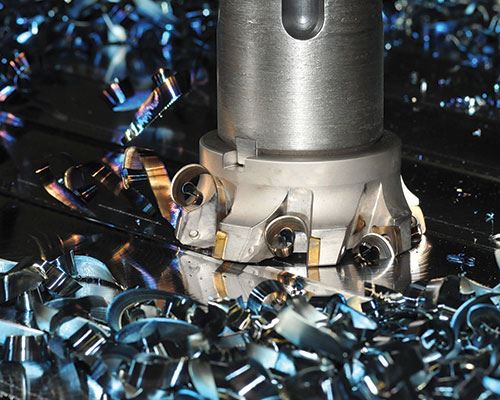
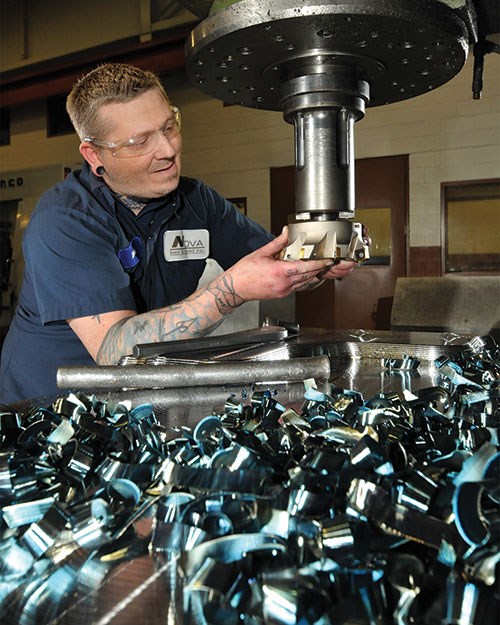
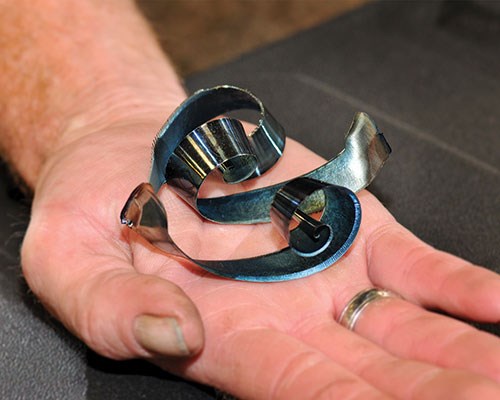








.png;maxWidth=300;quality=90)









